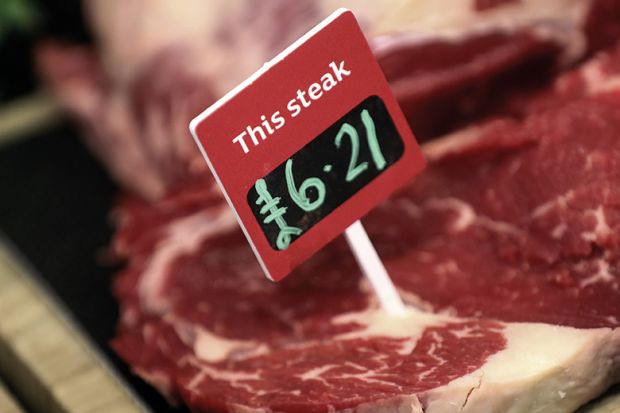I recently renewed my car insurance. I know you are feeling my pain.
The company I was with quoted an astronomical sum, up 20 per cent on the year before. I tried reason to no avail. Then I did what consumers are supposed to do and spent a Saturday morning finding another insurer that was offering the same coverage for half the cost.
What made the situation doubly irritating was that not only was the original lot trying it on, but it was just a well-known broker – the policy itself was underwritten by some no-brand entity that may well also be underwriting the cheaper policy I found elsewhere. The product was identical.
Insurers behave this way because they get away with it. Many customers just feel more comfortable buying insurance from a company they have heard of, and this consumer comfort zone allows polished brands to give an impression of value for money that has little to do with reality.
It is something that Stella Artois had fun with in its famous advertising campaign that celebrated the beer for being “reassuringly expensive” (note that Stella Artois is now produced by the world’s largest brewer, which also makes a host of other lagers – far be it for me to suggest that these blends of hops, water, yeast and barley are barely indistinguishable from one another).
The Stella strapline seemed pertinent when the tuition fee cap in England was raised to £9,000 back in 2012 – universities were terrified of setting a lower fee lest their degrees be devalued as a result.
The rest, as they say, is history – but it is history that is about to be revisited in a funding review.
Where universities once worried that they would be seen as too cheap to be good, the value-for-money debate has now returned to the more straightforward equation of whether fee-paying students are getting a reasonable return on their investment.
The teaching excellence framework is an attempt to answer this question. The idea was that by identifying universities offering brilliant teaching – and those that had room for improvement – the TEF would grease the wheels of a market underpinned by uncapped student recruitment.
Students would shop around, if not on price then on the colour of a university’s TEF medal.
The TEF did deliver some sharp kicks up the backside, as intended, and this week we found out how those that have re-entered in a bid to improve their rating have fared.
But it has also raised another question on value for money, which is addressed in this week’s Higher Education Policy Institute/Advance HE Student Engagement Survey. That is the link between perceptions of value for money and the TEF – specifically, whether students believe that they are getting value for money because their university has won a gold rating (in which case, the TEF might be seen primarily as a marketing device) or because they actually are receiving better teaching.
Although the survey does not address the question directly, it may give some hint as to the answer.
One finding is that the proportion of students at a gold-plated university who think that they are getting good value for money (40 per cent) is significantly larger than it is at silver and bronze institutions (33 per cent and 34 per cent, respectively).
However, compare survey responses on aspects of teaching quality with TEF award, and there is no clear link between gold-rated institutions and high scores awarded by students.
In fact, bronze-rated institutions score highest on several aspects assessed by the survey.
This is troubling if the TEF is to retain credibility as more than just another marketing device – yet one more bit of the glossy brand package that suggests value for money without necessarily delivering it (and criticism of the TEF’s approach continues in our opinion pages this week).
This is not to suggest that all teaching is the same fizzy liquid in a different aluminium can.
And who would seriously suggest introducing insurance-style value comparison websites for degrees? Well, the universities minister, Sam Gyimah, already has, since you ask.
It is a reminder that the uneasy evolution of England’s marketised system is not complete.
The next stage is the funding review and its inevitable reassessment of a variable fee structure.
We may yet see moneysupermarket.com enter higher education. In the meantime, the TEF gold rush continues.
POSTSCRIPT:
Print headline: Sizzle or steak?
Register to continue
Why register?
- Registration is free and only takes a moment
- Once registered, you can read 3 articles a month
- Sign up for our newsletter
Subscribe
Or subscribe for unlimited access to:
- Unlimited access to news, views, insights & reviews
- Digital editions
- Digital access to THE’s university and college rankings analysis
Already registered or a current subscriber?



